This site uses affiliate links, meaning that if you make a purchase through our links, we may earn an affiliate commission.
Hakone is well known for its many hot springs and stunning viewpoints of Mt Fuji (when the weather cooperates). Its sightseeing highlights include pristine Lake Ashi, Owakudani (Hell Valley) with plumes of sulfurous steam gushing upward, several fascinating museums, and many other attractions.
Located roughly 60 miles west of Tokyo, Hakone is a perfect day trip destination.
One of the attractions in Hakone that should not be missed is Hakone Open Air Museum.
Hakone Open Air Museum is a world-class open-air gallery. It covers an area of 70,000 square meters of beautiful lawns and gardens surrounded by forested hills. Its collections include some of the world’s most significant modern sculptures and works of art.
The museum was established in 1969 with an intention of creating a connection between nature and art.
The visit to Hakone Open Air Museum can be overwhelming since there is so much to see. The following are 14 must-see things at Hakone Open Air Museum that you simply can’t miss!
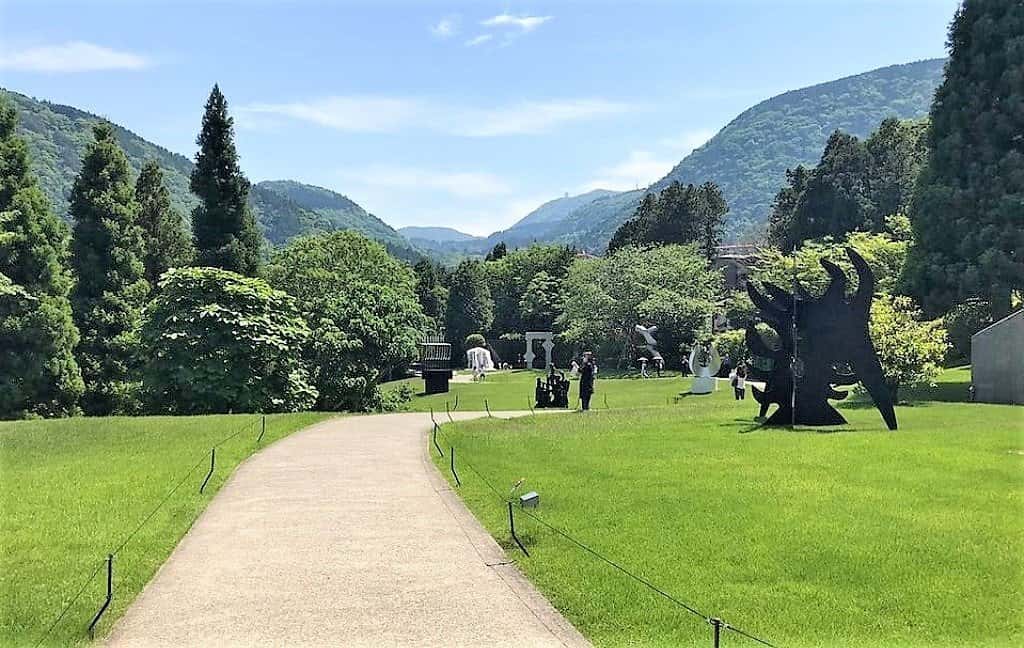
Must-See Things At Hakone Open Air Museum
- 1. How to Get to Hakone Open Air Museum
- 2. Opening Hours, Entrance Fees, and Special Events at Hakone Open Air Museum
- 3. Map of Hakone
- 4. 14 Must-See Things At Hakone Open Air Museum
-
- 4.1. The Picasso Exhibition Hall - The Most Famous Exhibition at Hakone Open Air Museum
- 4.2. Symphonic Sculpture by Gabriel Loire - The Most Popular Artwork at Hakone Open Air Museum
- 4.3. Sculptures by Henry Moore at Hakone Open Air Museum
- 4.4. Miss Black Power by Niki de Saint Phalle
- 4.5. Sculptures by Carl Milles at Hakone Open Air Museum
- 4.6. Intersecting Space Construction by Ryoji Goto
- 4.7. Sphere Within Sphere by Arnaldo Pomodoro
- 4.8. Hercules, the Archer by Emile-Antoine Bourdelle
- 4.9. La Pleureuse by Francois-Xavier and Claude Lalanne
- 4.10. Curved Space-Diamond Structure by Peter Pearce
- 4.11. Floating Sculpture 3 by Marta Pan
- 4.12. Personnage by Joan Miró
- 4.13. Woods of Net by Tezuka Architects
- 4.14. Knitted Wonder Space 2 by Toshiko Horiuchi MacAdam
- 5. Intrepid Scout's Tips for Must-See Things at Open-Air Museum
How to Get to Hakone Open Air Museum
From Tokyo Station in Tokyo, you can take either JR East Tokaido Line to Odawara or JR Central Tokaido-Sanyo Shinkansen Westbound to Odawara. If you have a JR Pass, then your trip will be covered by the pass. You can buy JR Pass HERE.
In addition, if you decide to take JR East Tokaido Line, then you will be able to reserve your seats online. However, there are no online reservations available for JR Central Tokaido-Sanyo Shinkansen, but you can make reservations at any of JR Central office locations.
Next, from Odawara Station take Hakone Tozan Line Train to Stop OH56, which is Chokoku-no-mori Station.
Another option for getting to Hakone is to take the Odakyu Line LTD. Express “Romancecar” from Shinjuku Station in Tokyo. It will take you to Hakone-Yumoto Station Travel in 1 hour and 15 minutes. Reservations are required and can be made at Odakyu Sightseeing Service Center at Shinjuku Station. And then from Hakone-Yumoto, you can take the Hakone Tozan Line train to Stop OH56 Chokoku-no-mori Station.
The “Romancecar” is not covered by JR Pass.
Likewise, the cost of the ticket for Odakyu Line LTD. Express “Romancecar” depends on whether you have the Hakone Free Pass or not.
If you have the Hakone Free Pass then an additional surcharge of 1,090 yen is required for one-way travel between Shinjuku and Hakone-Yumoto. If you do not have the pass, then the cost is 1,190 yen, plus a 1,090 yen surcharge one way.
Opening Hours, Entrance Fees, and Special Events at Hakone Open Air Museum
Hakone Open Air Museum is open every day of the year. The opening hours are 9 am till 5 pm. Furthermore, the last admission is at 4:30 pm.
The entrance ticket costs 1,600 yen. If you have Hakone Free Pass, then the entrance ticket is 1,400 yen.
If you are visiting Hakone Open Air Museum between December 1st and January 8th, then do not miss a special event held every night after 5 pm. It is called Night at the Museum.
The main sculptures are lit up at that time giving them a completely different look.
But the coolest part is that all the visitors are handed LED-powered lanterns – an artwork made by Japanese artist Kyota Takahashi, which emanate different color light depending on what piece of art you are visiting.
Map of Hakone

Hakone Map / Photo Credit: Hakone Free Pass / Must-See Things At Hakone Open Air Museum
14 Must-See Things At Hakone Open Air Museum
The Picasso Exhibition Hall - The Most Famous Exhibition at Hakone Open Air Museum
The most notable of the indoor exhibits is a collection of Pablo Picasso’s creations. It includes more than 300 of Picasso’s works, comprising oil paintings, prints, sculptures, ceramics, and gold objects.
The exhibit is organized into specific themes such as childhood, sexuality, life, death, and Picasso’s passion for bullfighting.
Unfortunately, pictures and sketching are not allowed inside the building, so I am not able to share any pictures with you. However, it is all embedded in my memory!
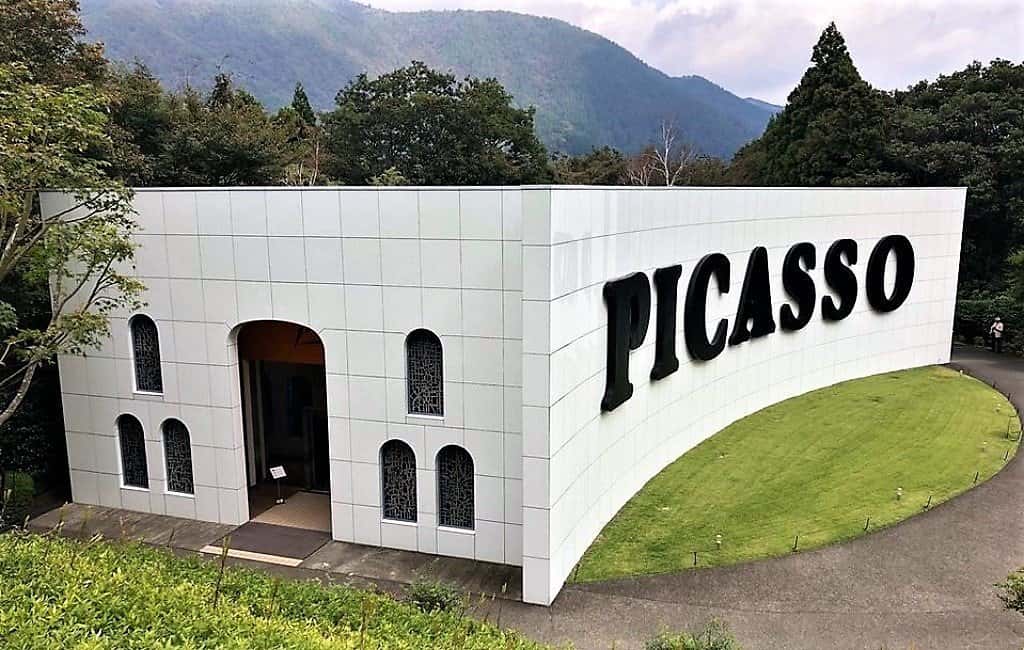
The Picasso Exhibition Hall – The Most Famous Exhibition at Hakone Open Air Museum / Must-See Things at Hakone Open Air Museum
Symphonic Sculpture by Gabriel Loire - The Most Popular Artwork at Hakone Open Air Museum
One of the most popular pieces at Hakone Open Air Museum is the Symphonic Sculpture by Gabriel Loire.
Symphonic Sculpture is a tower enclosed by colorful stained glass. Furthermore, inside the stain-glass tower is an 18-meter tall circular staircase that you can ascend to the viewing platform. Needless to say, the views of the park and the surrounding mountains are spectacular.
The stained glass created by Loire is called “slab glass“. It is much thicker and stronger than the stained glass technique of the Middle Ages.
The use of this technique of creating stained glass allows for deeper colors especially when illuminated by bright sunlight.
Gabriel Loire’s greatest post-war work is in Saint Paul’s Church, Whiteinch, Glasgow (1960). It consists of 162 square meters of curved windows set in cement and embedded with chipped glass.
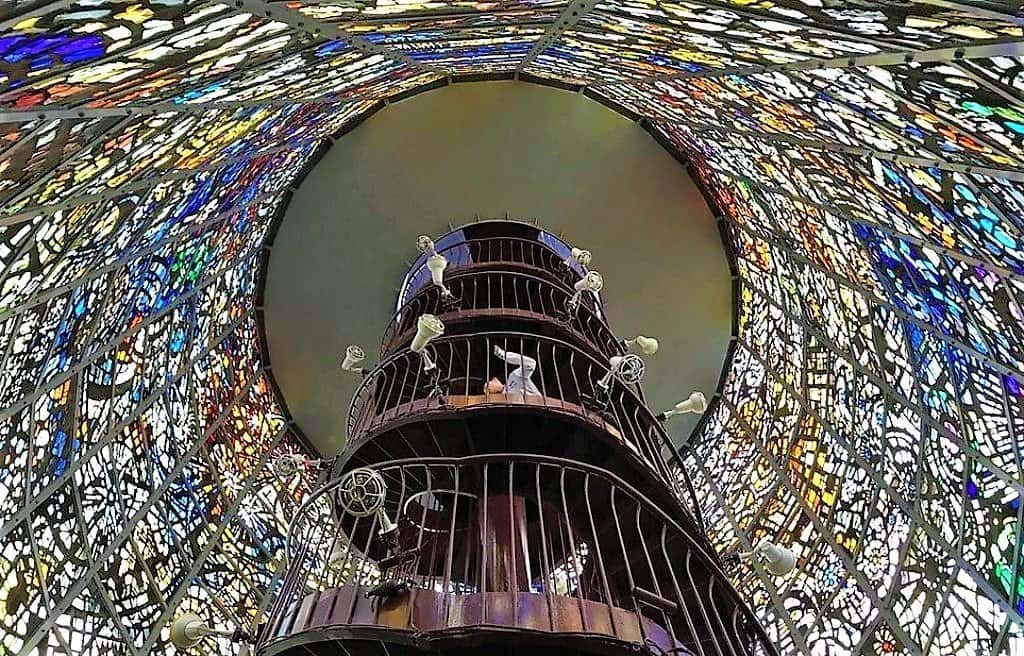
Symphonic Sculpture by Gabriel Loire – The Most Popular Artwork at Hakone Open Air Museum / Must-See Things at Hakone Open Air Museum
Sculptures by Henry Moore at Hakone Open Air Museum
Hakone Open Air Museum holds quite a collection of sculptures by Henry Moore.
Moore’s work can be broadly categorized into three themes: mother and child, reclining figures, and internal/external form. Another addition, which came later in his life is a family group theme. It reflects Moore’s experience of becoming a father.
Family Group by Henry Moore is a captivating sculpture. It evokes the deep emotions of human love, family ties, and protection of a new life.
Another famous sculpture, from the series of reclining figures, is Reclining Figure: Arch Leg. For me, it emanates power and, at the same time, vulnerability.
Sculptures by Henry Moore at Hakone Open Air Museum / Must-See Things at Hakone Open Air Museum
Miss Black Power by Niki de Saint Phalle
Miss Black Power by Niki de Saint Phalle is visible through the trees from many areas of the park. The sculpture is enormous and brightly colored.
Miss Black Power is a piece from the series called Nanas introduced by Niki de Saint Phalle in 1965.
The sculpture emanates strength and confidence. By the same token, the strength is in body posture – straight and erect. Likewise, confidence is expressed by brightly colored clothing and a fashionable handbag.
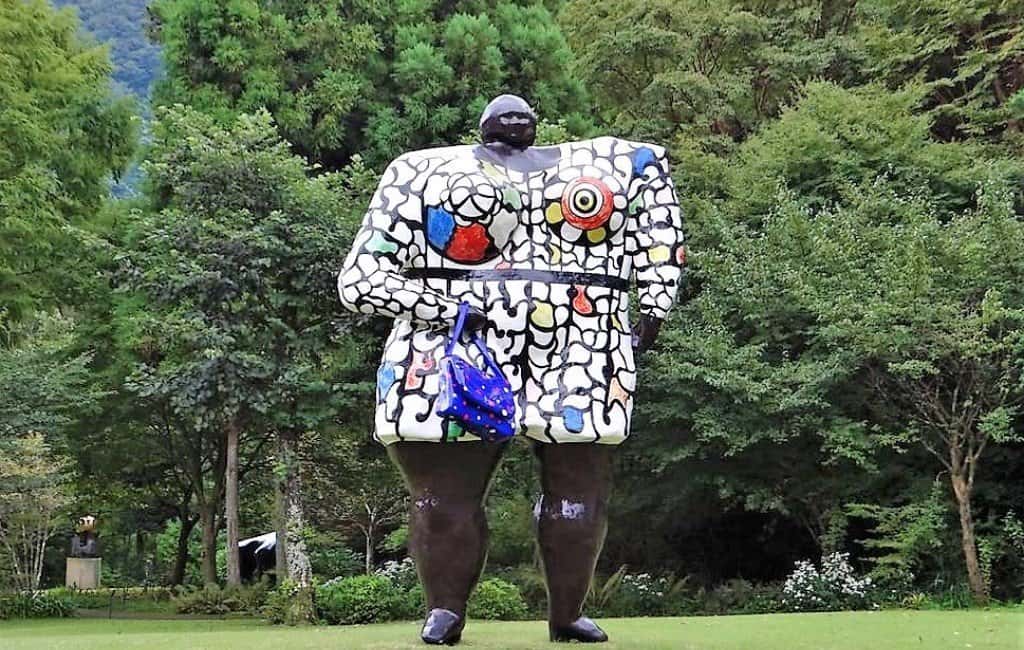
Miss Black Power by Niki de Saint Phalle / Must-See Things at Hakone Open Air Museum
Sculptures by Carl Milles at Hakone Open Air Museum
There are two sculptures by Milles at Hakone Open Air Museum that are absolutely breathtaking. Namely, The Hand of God and Man and Pegasus.
Milles was a Swedish artist who throughout his career created daring works of art. Even more, his sculptures integrated themselves seamlessly into their environment.
The Hand of God sculpture depicts an enormous outstretched human hand with a tiny naked human form precariously balancing his weight between the thumb and forefinger.
However, what really will capture your attention is how intently the human gazes into the sky.
Man and Pegasus depicts a scene in Greek mythology in which hero Bellerophon rides Pegasus on his way to defeat the monster Chimera.
In Milles’ sculpture, both Bellerophon and Pegasus are positioned atop a towering pedestal. Even more, both of their bodies are stretched out as if together they can fly even higher.
However, if you were to examine the sculpture a little bit more closely, then, you would notice that Bellerophon is barely touching Pegasus. Moreover, his body is leaning slightly forward, indicating that his perilous fall is about to happen.
Sculptures by Carl Milles at Hakone Open Air Museum / Must-See Things at Hakone Open Air Museum
Intersecting Space Construction by Ryoji Goto
Intersecting Space Construction by Ryoji Goto is made up of a total of 144 figures (72 black male figures and 72 red female figures).
Their bodies are stretched out in a leaping action and connected by hands and feet. They are all lined up precisely together forming one synchronized unit.
There is a feeling of energy emanating from this group and, also, a feeling of power created by unity.
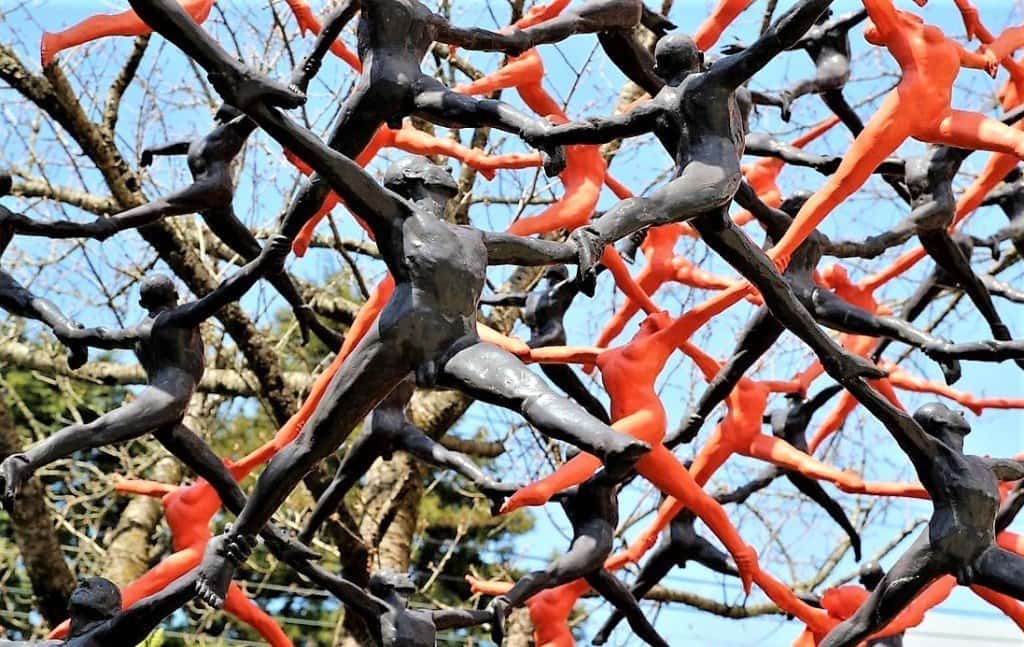
Intersecting Space Construction by Ryoji Goto / Must-See Things at Hakone Open-Air Museum
Sphere Within Sphere by Arnaldo Pomodoro
Sphere Within Sphere by Arnaldo Pomodoro is one of the more famous designs at the Hakone Open Air Museum.
There are other spheres made by Arnaldo Pomodoro. They are located all over the world.
The surface of the sphere is brightly polished and can be spotted from a far distance gleaming in the sun. As you come closer, you notice that there is a tear in the perfect orb. It looks like a part of it was either ripped out or torn away. The tear exposes the interior with another sphere inside. It looks like a world within the world.
The perfect sphere with torn insides gave me an unsettling feeling. What is your perception of this piece of art?
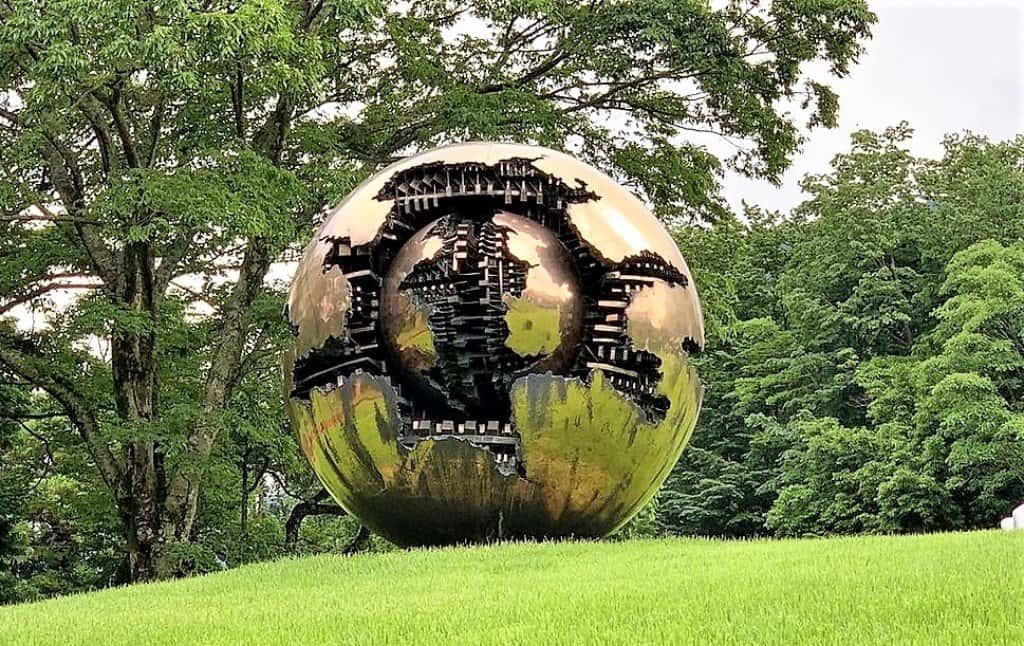
Sphere Within Sphere by Arnaldo Pomodoro / Must-See Things at Hakone Open Air Museum
Hercules, the Archer by Emile-Antoine Bourdelle
Hercules, the Archer by Emile-Antoine Bourdelle is an absolute must-see piece of art.
The nude figure of Hercules conveys incredible energy. Every muscle in his body is flexed to the max. From his arm pulling on the invisible bowstring to the foot braced against the rock, we can feel the pent-up power.
Emile-Antoine Bourdelle worked as an assistant in Rodin’s studio. While their styles are similar, the differences are also very noticeable. Rodin followed a strict analytical modeling technique while Bourdelle’s works give a modern twist on Greek and Roman sculptures.
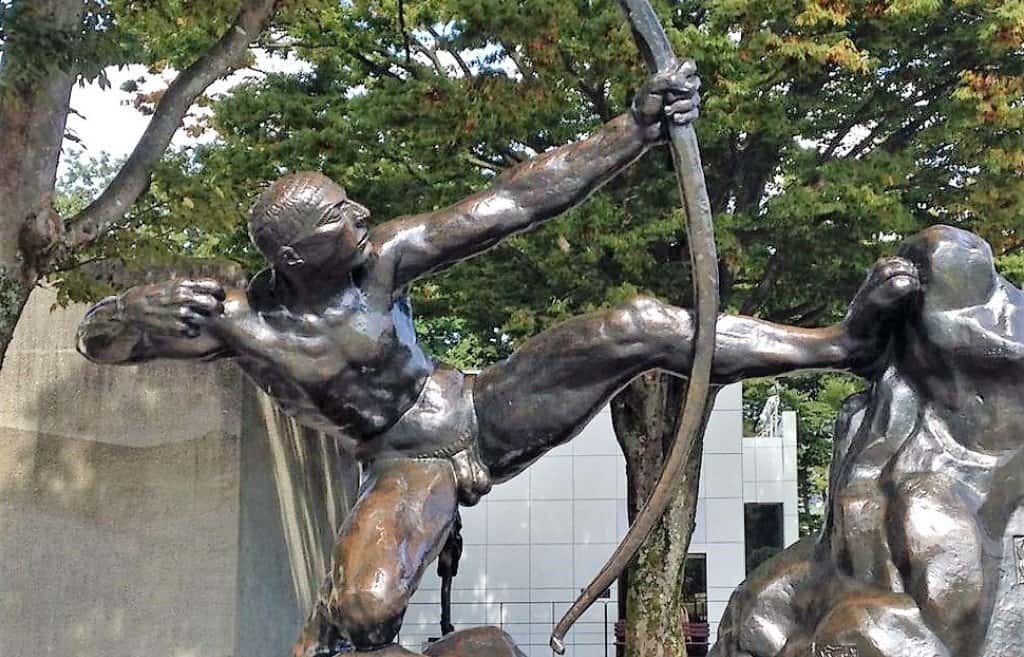
Hercules, the Archer by Emile-Antoine Bourdelle / Must-See Things at Hakone Open Air Museum
La Pleureuse by Francois-Xavier and Claude Lalanne
La Pleureuse by Francois-Xavier and Claude Lalanne is an extraordinary sculpture.
Consequently, it helps to better understand this piece of art to know that ‘la pleureuse’ means ‘the mourner’ in English. The mourner is represented by an enormous stone sculpture of a human head positioned on its side in a pool of blue water. If you look closely, you will notice a teardrop descending the cheek.
The bright green foliage sprouting from the head blends beautifully with the surrounding area no matter what time of the year you visit.
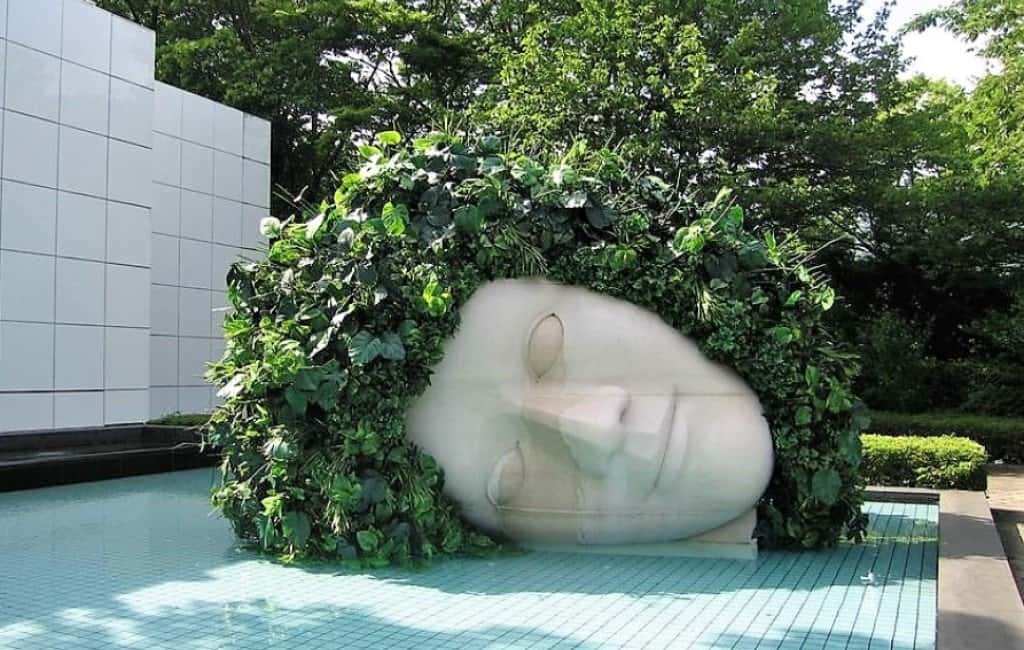
La Pleureuse by Francois-Xavier and Claude Lalanne / Must-See Things at Hakone Open Air Museum
Curved Space-Diamond Structure by Peter Pearce
Curved Space-Diamond Structure by Peter Pearce is a giant construction. From a distance, it looks like a bunch of enormous soap bubbles piled up on top of each other.
However, the composition of the structure is based on the shape of a diamond molecule enlarged 8 billion times.
This is the place where kids can go inside, climb, and explore.
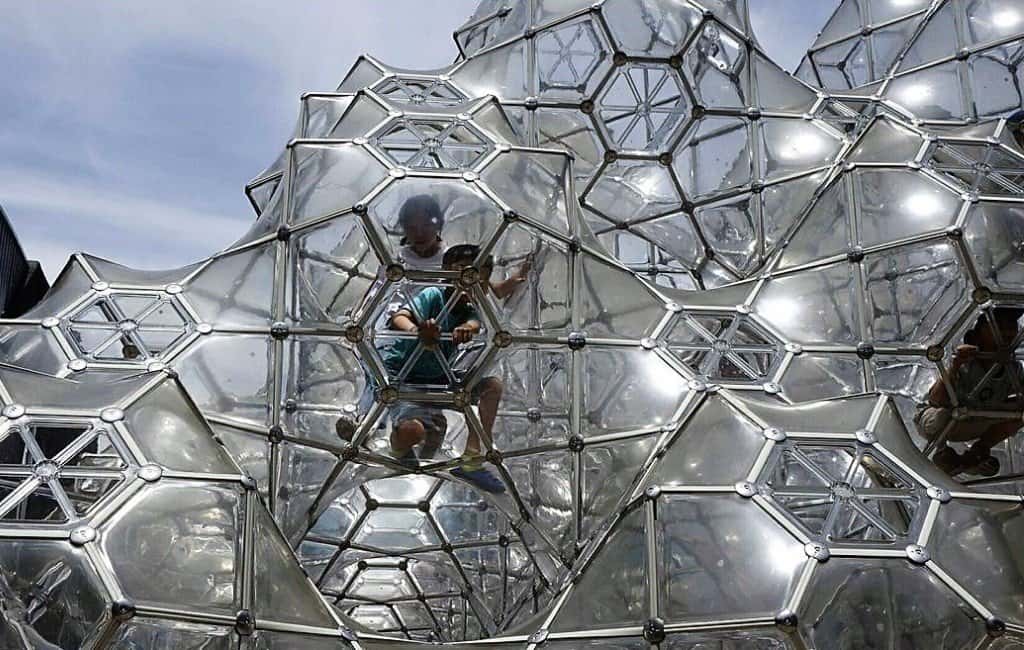
Curved Space-Diamond Structure by Peter Pearce / Must-See Things at Hakone Open Air Museum
Floating Sculpture 3 by Marta Pan
The floating sculptures of Marta Pan’s Floating Sculpture 3 are painted the vermilion color reminiscent of Torii gates.
They slide and sway and gently float closer and away from each other. They are sensitive to the slightest breeze.
And, dozens of koi fish swirl around them as if enjoying this slow dance.
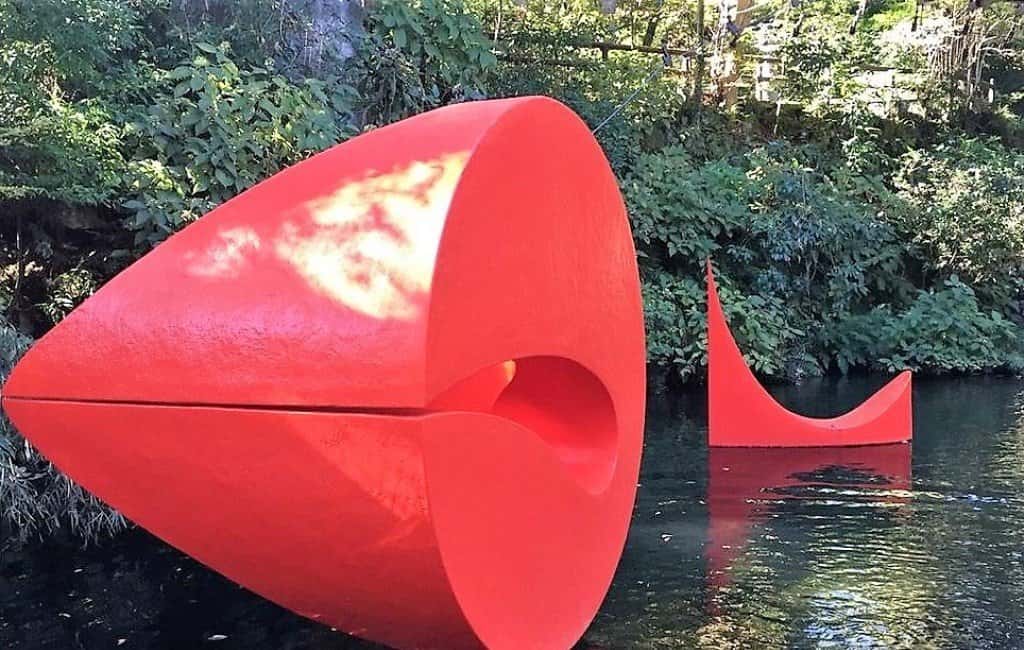
Floating Sculpture 3 by Marta Pan / Must-See Things at Hakone Open Air Museum
Personnage by Joan Miró
You will see Personnage by Joan Miró from a far distance. This beautiful sculpture is boldly colored and very expressive.
Miro was a Spanish artist and one of the most well-known Surrealist sculptors.
I read that Personnage explores the idea of art created from poetry and that different shapes and colors plastered onto the form are to Miro like words which all together create a poem.
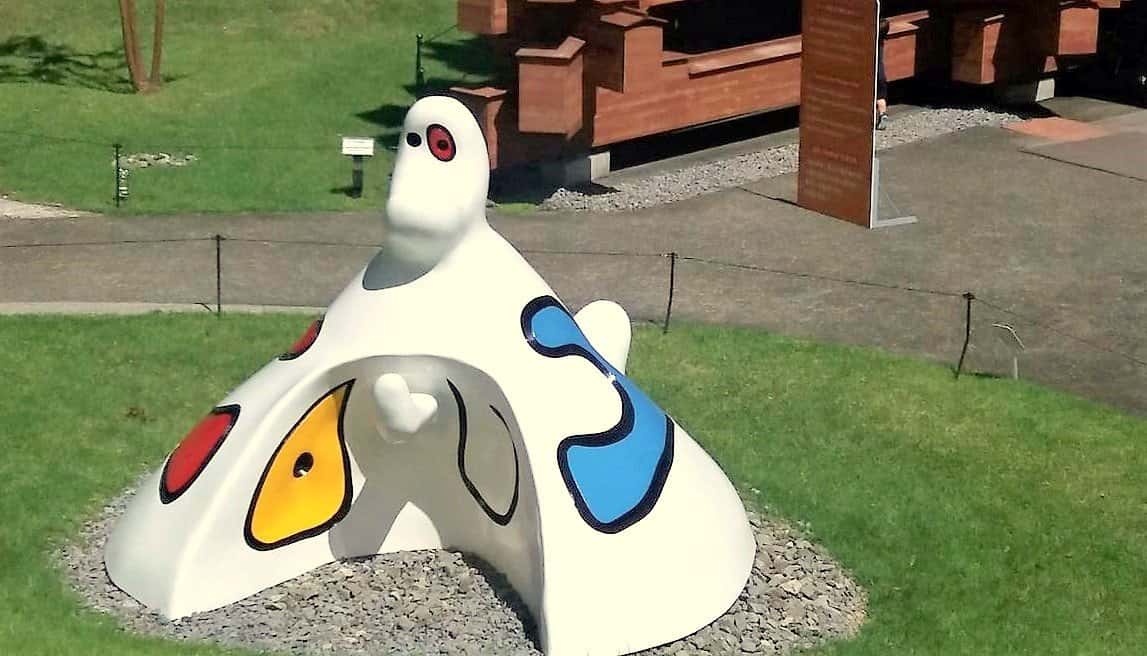
Personnage by Joan Miró / Must-See Things at Hakone Open Air Museum
Woods of Net by Tezuka Architects
Woods of Net was created by Tezuka Architects, a team of architectural artists. The structure is made of timber without any use of metal.
The technique that was used for combining the joints was inspired by the thousand-year-old Japanese wooden temple designs in Nara and Kyoto.
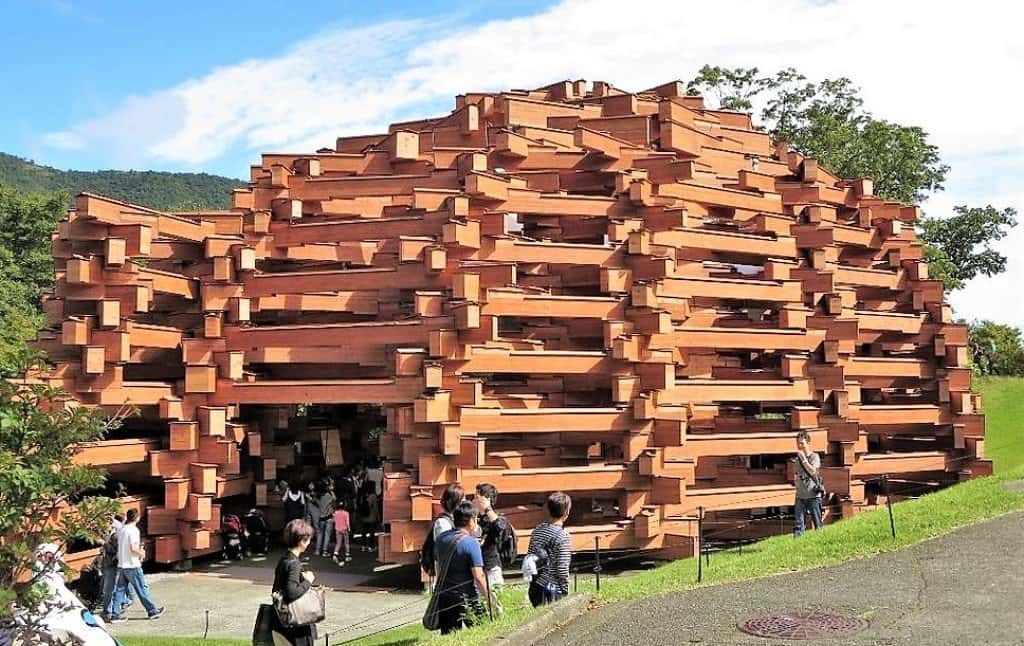
Woods of Net by Tezuka Architects / Must-See Things at Hakone Open Air Museum
Knitted Wonder Space 2 by Toshiko Horiuchi MacAdam
Woods of Net by Tezuka Architects holds the incredible artwork of Toshiko Horiuchi MacAdam.
As soon as you walk through the open gateway of Woods of Net, you see the brightly colored Knitted Wonder Space 2.
Notably, Horiuchi MacAdam knitted the entire net by hand. The piece itself took over 650 kg of braided nylon, three months of time to dye it, and over a year spent crocheting the textile into nets. It is designed for children to crawl in, swing on, and jump around
I have read that the net is meant to symbolize the cradle of a womb and that Horiuchi MacAdam was inspired by the works of Antoni Gaudi.
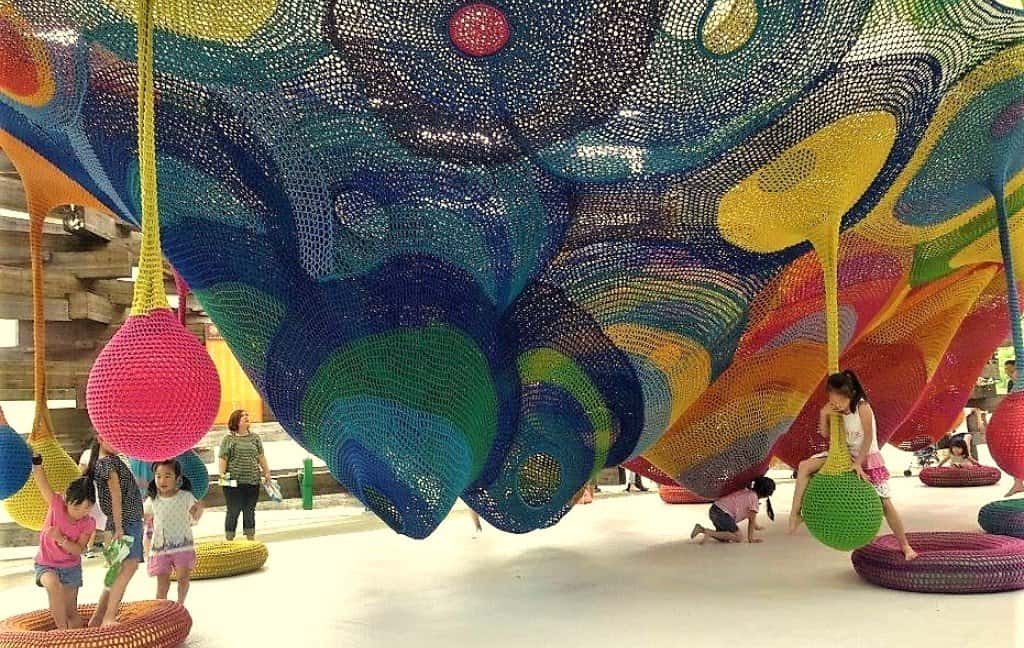
Knitted Wonder Space 2 by Toshiko Horiuchi MacAdam / Must-See Things at Hakone Open Air Museum
Intrepid Scout's Tips for Must-See Things at Open-Air Museum
Hakone Open Air Museum’s piece de resistance is the outdoor foot bath.
Here, you can soak your footsies in the warm mineral waters scented with floating oranges and lemons and massage your feet on raised river pebbles.
If you need a towel, there are vending machines that dispense tiny towels. Furthermore, the towel could be utilized as a little keepsake from the museum.
How cool all of this is!
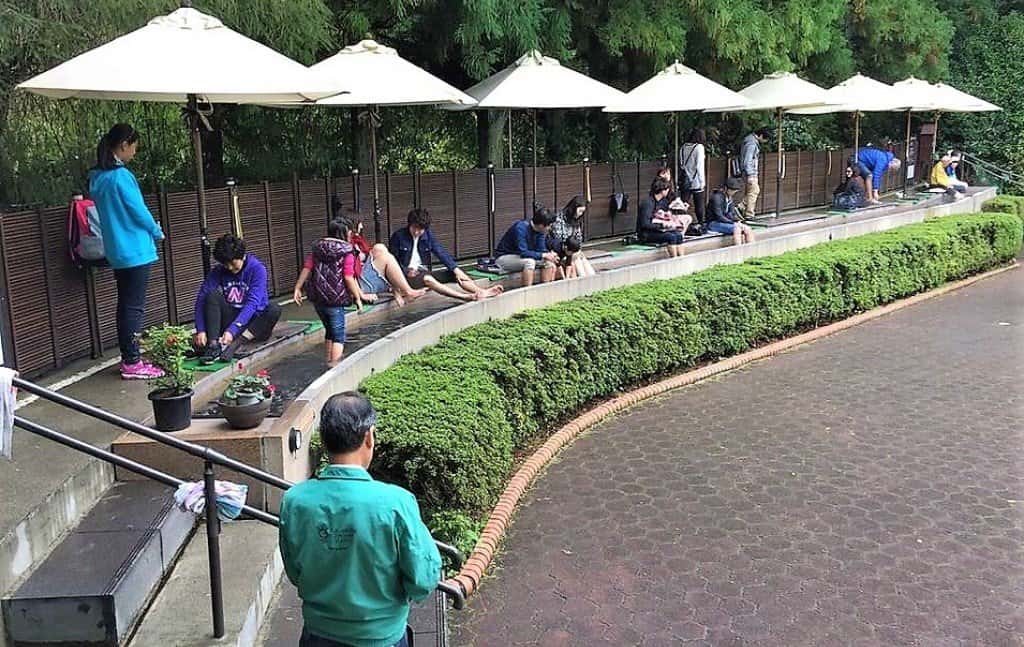
Outdoor Foot Bath at Hakone Open Air Museum / Must-See Things at Hakone Open Air Museum
More Information About Japan:
14 Amazing Things to Do in Arashiyama (Map+Useful Tips)
What to See at Nijo Castle in Kyoto (10 Top Things to Know)
Stunning Golden Pavilion in Kyoto (How to Visit and What to See)
Amazing Fushimi Inari Taisha in Kyoto (8 Things to Know Before You Visit)
First Visit to Kyoto – How to Visit and What to See (11 Things You Can’t Miss)
Perfect Day Trip to Miyajima from Kyoto, Osaka, or Hiroshima
10 Amazing Things to Do in Hiroshima You Can’t Miss of Your Visit
Perfect One Day in Kanazawa – 7 Things to Do (Great Day Trip from Tokyo, Kyoto, or Osaka)
You Might Also Like:
275 Best QUOTES About JAPAN (JAPANESE Culture, Nature, Food, Anime, Proverbs)
Perfect ONE DAY in OSAKA Itinerary (6 Best Things to Do)
7 Fun and Easy DAY TRIPS from KYOTO (Useful Maps+Photos+Tips)
Now, It Is Your Turn, I Would Like to Hear Back from You!
Are you planning your trip to Hakone?
Please let me know! Drop me a quick comment right below!
Click on any of the images below to get inspired and to help you with the planning process for your trip to Japan!
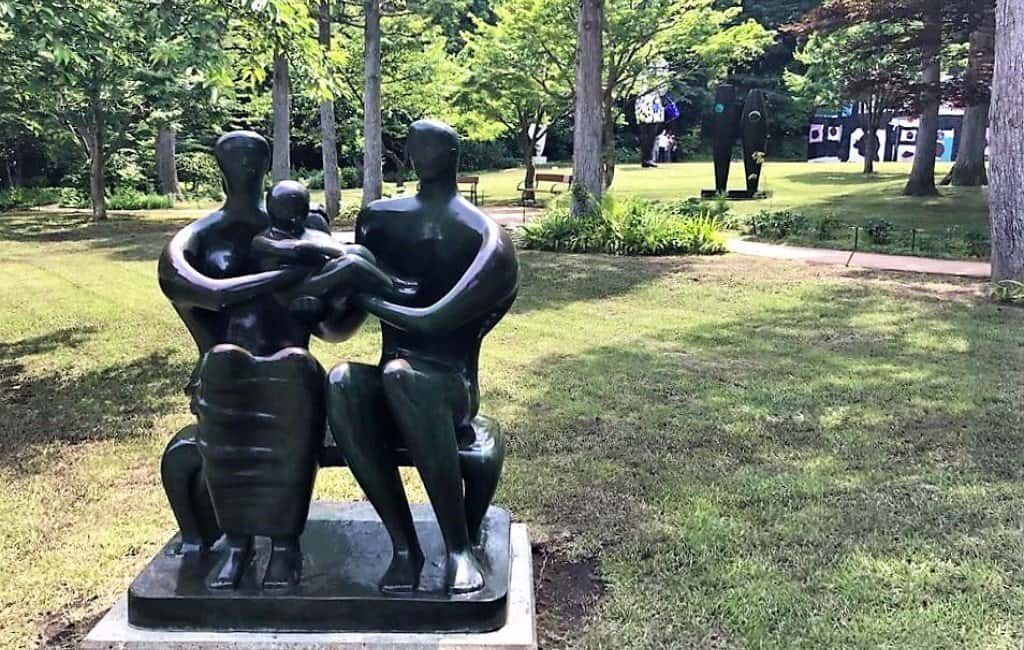
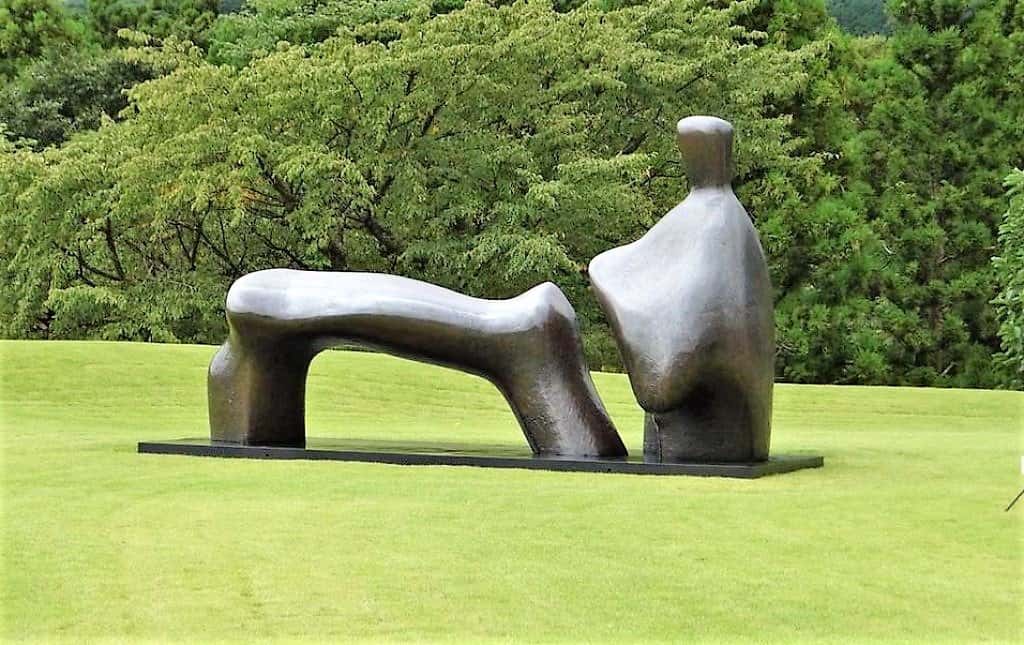
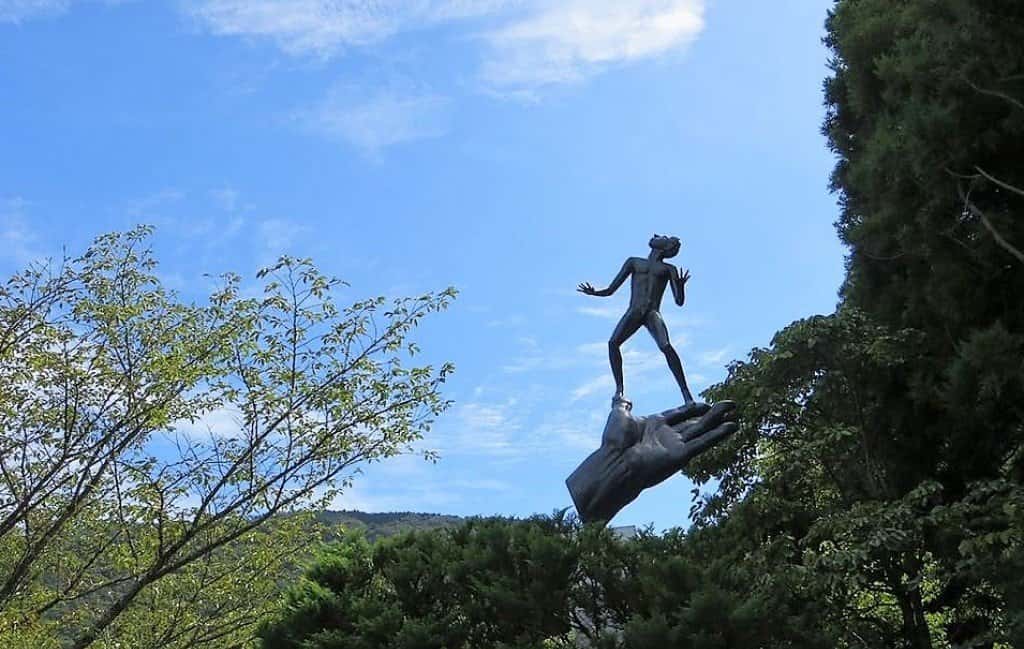
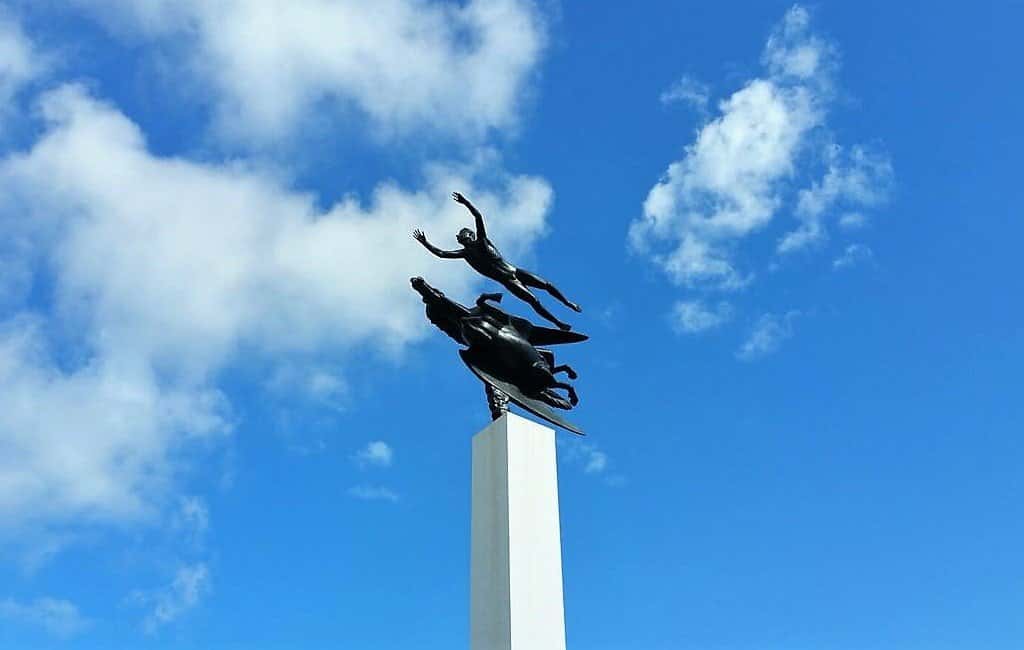
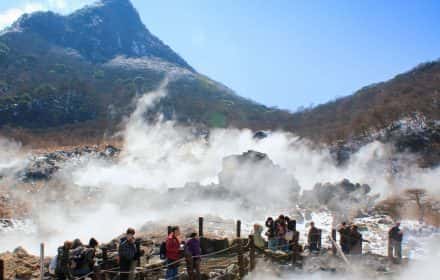
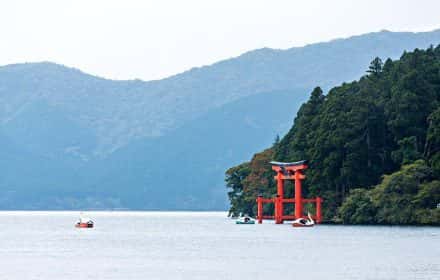
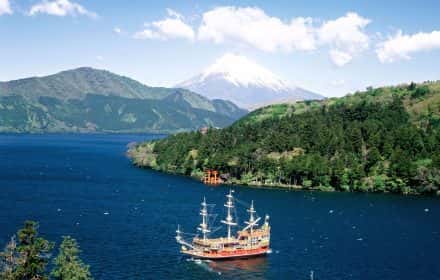
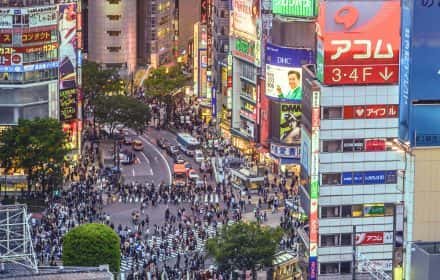
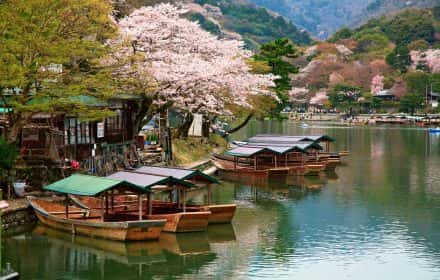
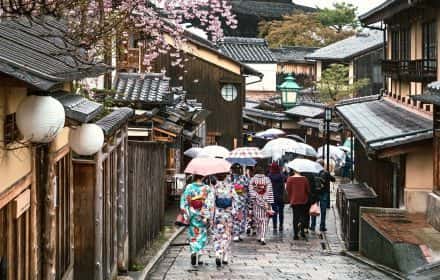
Comments:
6 thoughts on “14 Exceptional Must-See Things at HAKONE OPEN AIR MUSEUM”
The outdoor foot bath is my kind of thing. I can enjoy that for hours. This museum has some amazing sculptures, really like the Spheres Within Spheres. Really a good place to spend some quality time.
Absolutely a great place to spend a few hours. And, how much fun to soak your feet into the warm foot bath!
What an enigmatic place. Thanks for sharing the pictures of the sculptures
Thank you for your comment, Neetole!
Really cool things to see here – I think the Symphonic Sculpture is amazing and (I bet) pictures don’t do it justice.
Hey Nancy! Hakone Open Air Museum is just such a cool place to visit.